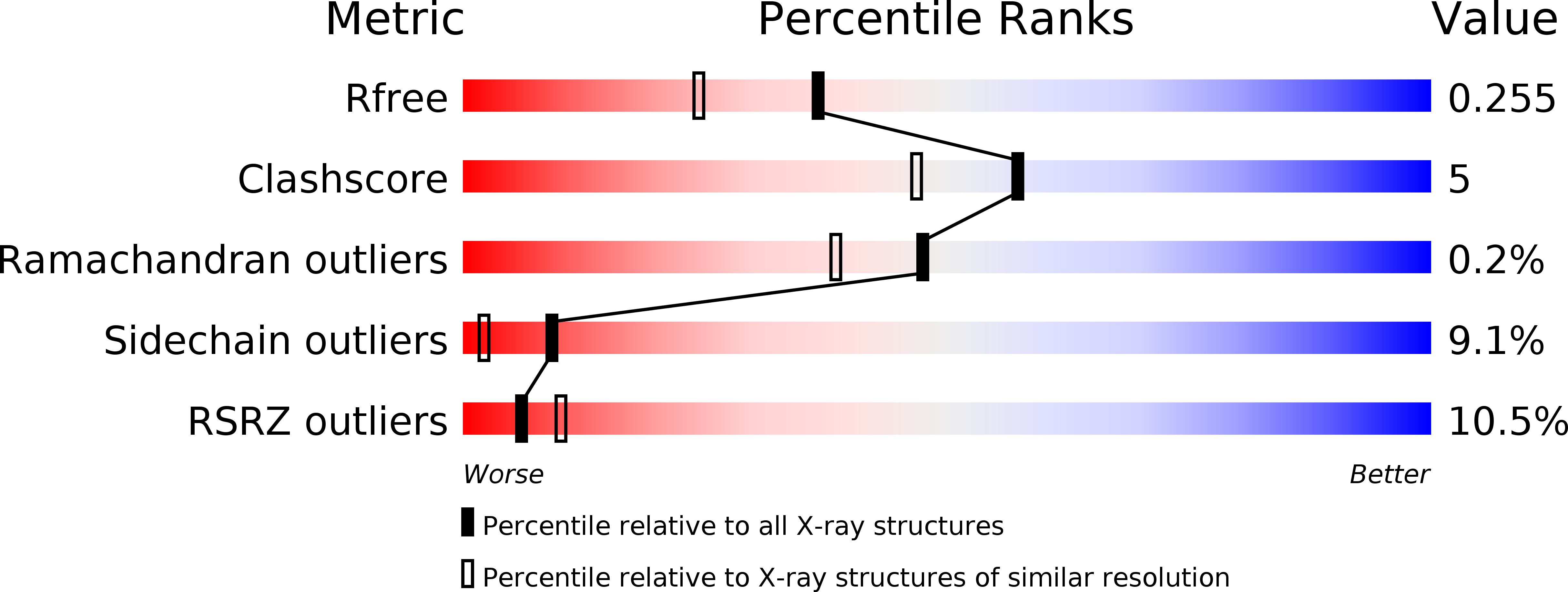
Deposition Date
2009-05-21
Release Date
2009-10-20
Last Version Date
2023-09-06
Entry Detail
PDB ID:
3HJH
Keywords:
Title:
A rigid N-terminal clamp restrains the motor domains of the bacterial transcription-repair coupling factor
Biological Source:
Source Organism:
Escherichia coli (Taxon ID: 83333)
Host Organism:
Method Details:
Experimental Method:
Resolution:
1.95 Å
R-Value Free:
0.25
R-Value Work:
0.21
R-Value Observed:
0.21
Space Group:
P 21 21 2


